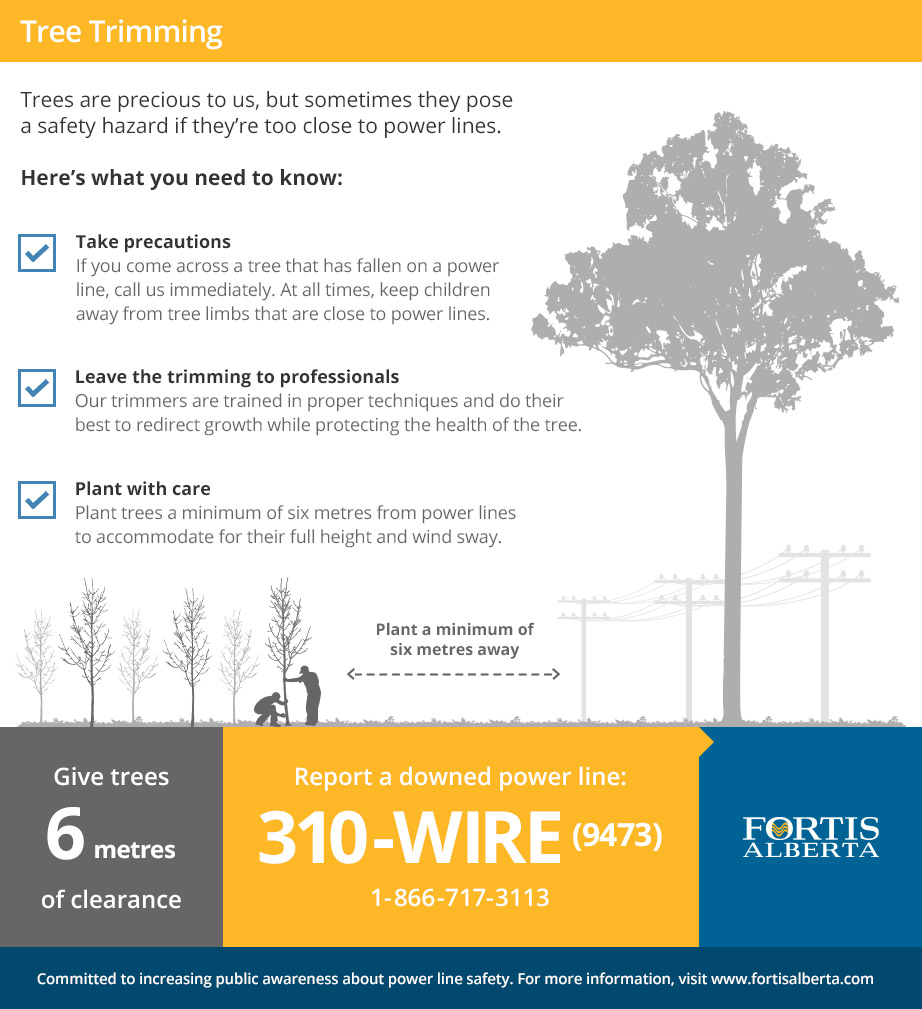Learn Exactly How To Foster A Robust Setting Post-Tree Removal
Learn Exactly How To Foster A Robust Setting Post-Tree Removal
Blog Article
Authored By-
When it involves seasonal tree treatment, making sure appropriate management prior to and after elimination can dramatically influence the health and wellness and looks of your landscape. By recognizing the essential steps associated with evaluating tree health and planning for removal, you can proactively protect your building. Yet what about the vital techniques to comply with when the tree is gone? Remain tuned to discover the crucial post-removal treatment measures that will certainly help you grow a thriving and sustainable atmosphere for your trees.
Pre-Removal Tree Treatment
Before attending to the elimination of a tree, it's vital to prioritize pre-removal tree treatment. Begin by assessing the tree's health and architectural honesty. Search for signs of disease, pest problems, or any type of architectural problems that may posture a safety and security hazard during removal. It's vital to seek advice from a licensed arborist to figure out the most effective strategy.
Trimming dead or unhealthy branches can prevent additional damages to the tree and make sure a smoother removal procedure.
In addition, take into consideration the ecological influence of getting rid of the tree. Trees play an important duty in our ecosystem, so growing a new tree in a suitable area can aid offset any type of loss. Make certain that you have the essential authorizations and permissions for tree elimination, especially if the tree is shielded by regional guidelines.
Seasonal Maintenance Tips
Analyzing your tree's demands throughout the year is essential for its health and wellness and long life. To maintain your trees in leading condition, comply with these seasonal upkeep tips.
In spring, concentrate on trimming to get rid of dead or damaged branches and urge brand-new growth.
Summer season requires routine watering, especially during droughts, to ensure your tree remains hydrated.
As low maintenance garden ideas , watch out for very early indicators of disease or stress and anxiety, and consider applying mulch to safeguard the origins during winter season.
In winter season, be cautious when removing snow from branches to stop breakage, and remain to check your tree's general health and wellness.
Remember to adjust your treatment routine based upon the details requirements of your tree varieties and regional environment. By remaining alert and aggressive throughout the seasons, you can aid your trees flourish and thrive for years ahead.
Post-Removal Tree Treatment
To make certain the wellness of your landscape even after tree removal, proper post-removal care is vital. After a tree is removed, it's critical to fill the remaining hole with topsoil and small it to prevent settling. This will help maintain the integrity of the ground and stop potential hazards in the future.
Consider growing new plant life in place of the eliminated tree to recover the equilibrium and looks of your landscape. Regularly water the location to advertise the growth of brand-new plants and prevent dirt disintegration.
Evaluate small garden ideas no grass bordering trees for any type of signs of disease or stress that may have been triggered by the removed tree. Watch out for bugs that might've been drawn in to the previous tree and take preventive measures to secure the remaining greenery.
If required, consult with a specialist arborist to assess the impact of the removal on the surrounding trees and determine any kind of extra care needed. By adhering to these post-removal treatment actions, you can make certain the ongoing wellness and charm of your landscape.
Verdict
To conclude, proactive seasonal tree care is vital for preserving the health and wellness and equilibrium of your landscape. By assessing tree wellness, pruning, and speaking with an arborist prior to removal, you can ensure a safe procedure. After elimination, filling the hole, planting new greenery, and regular watering will certainly promote new development and prevent disintegration. Bear in mind to inspect surrounding trees for disease and look for more treatment steps from an arborist to keep your landscape thriving.
